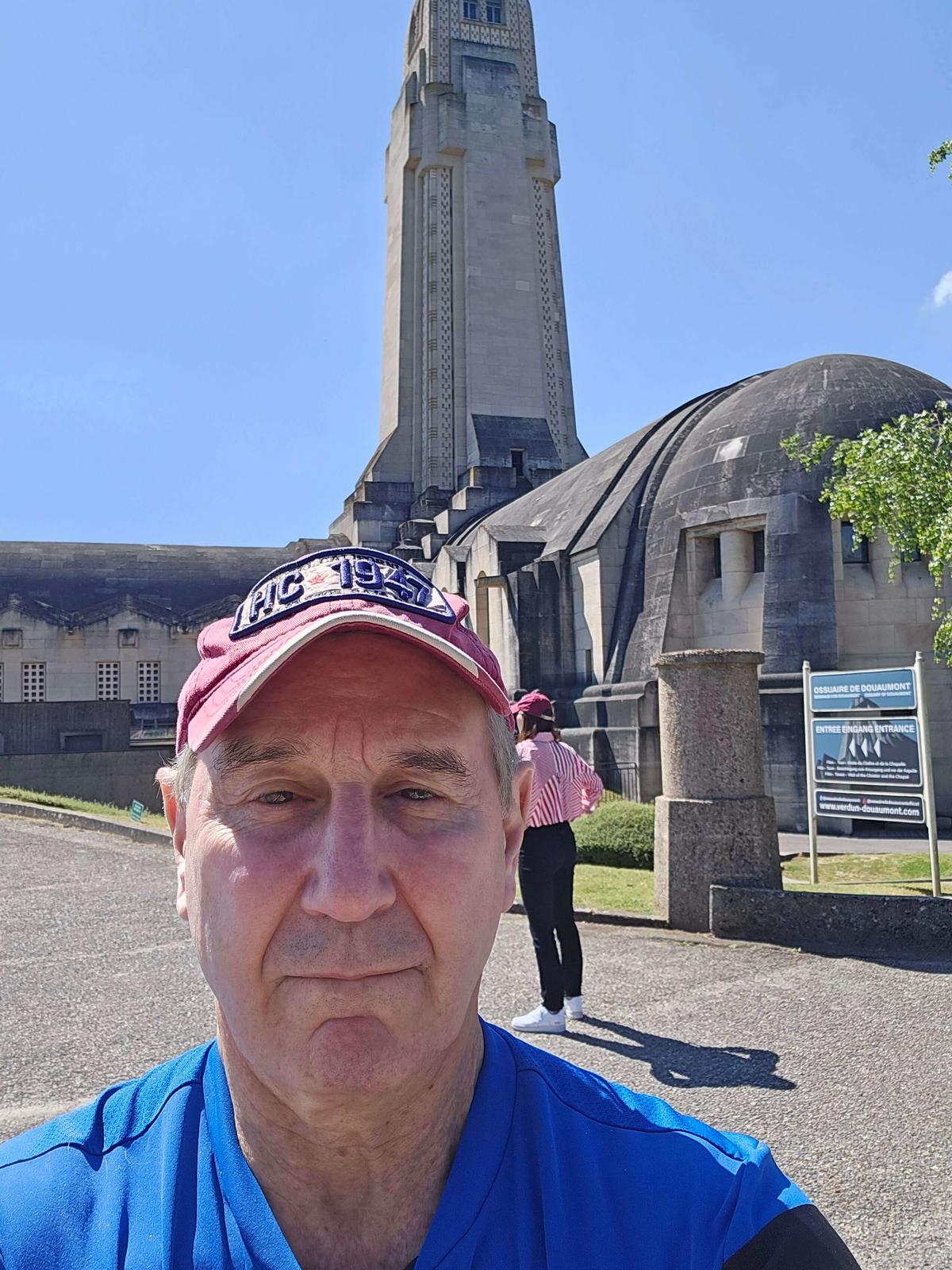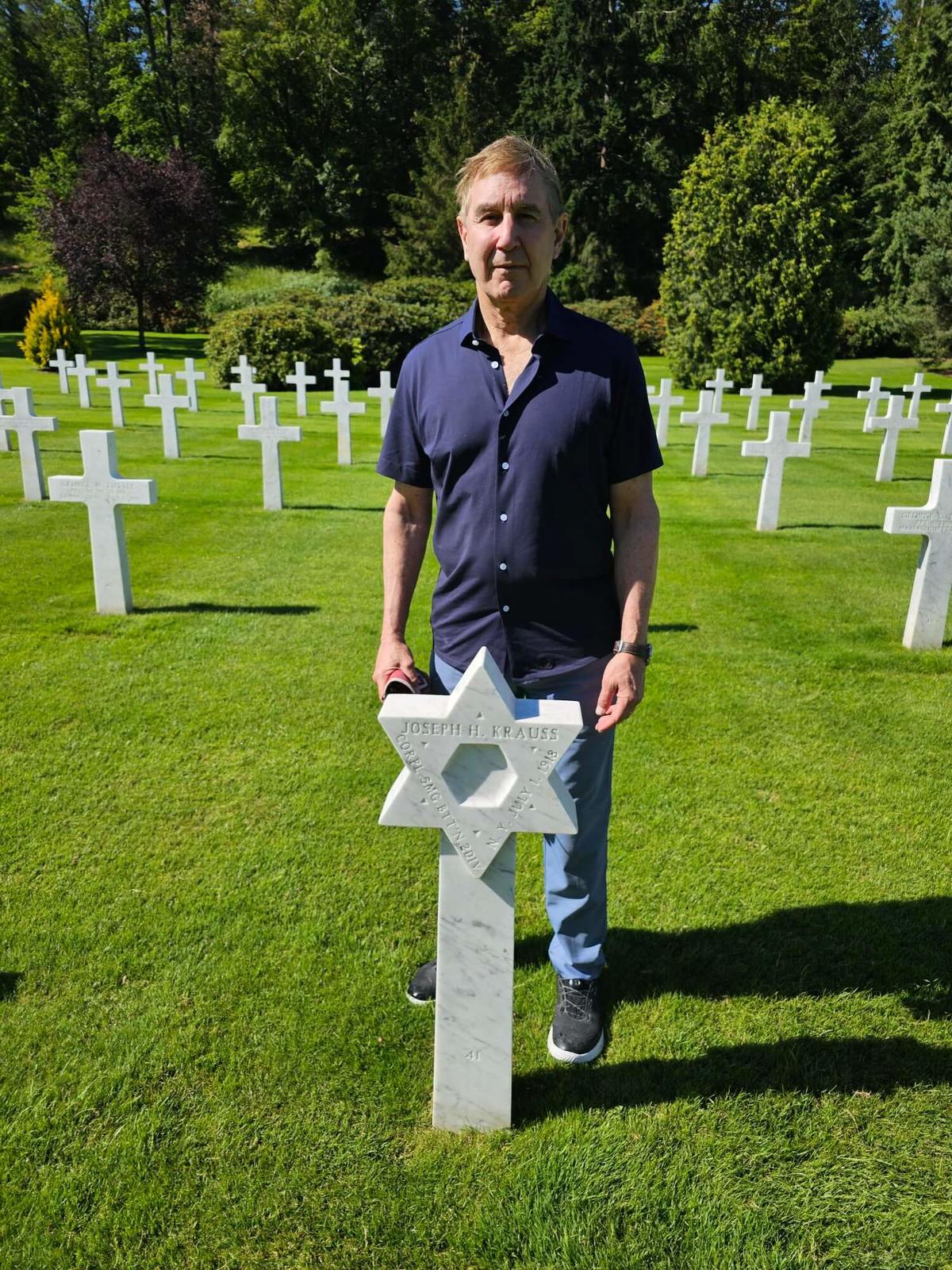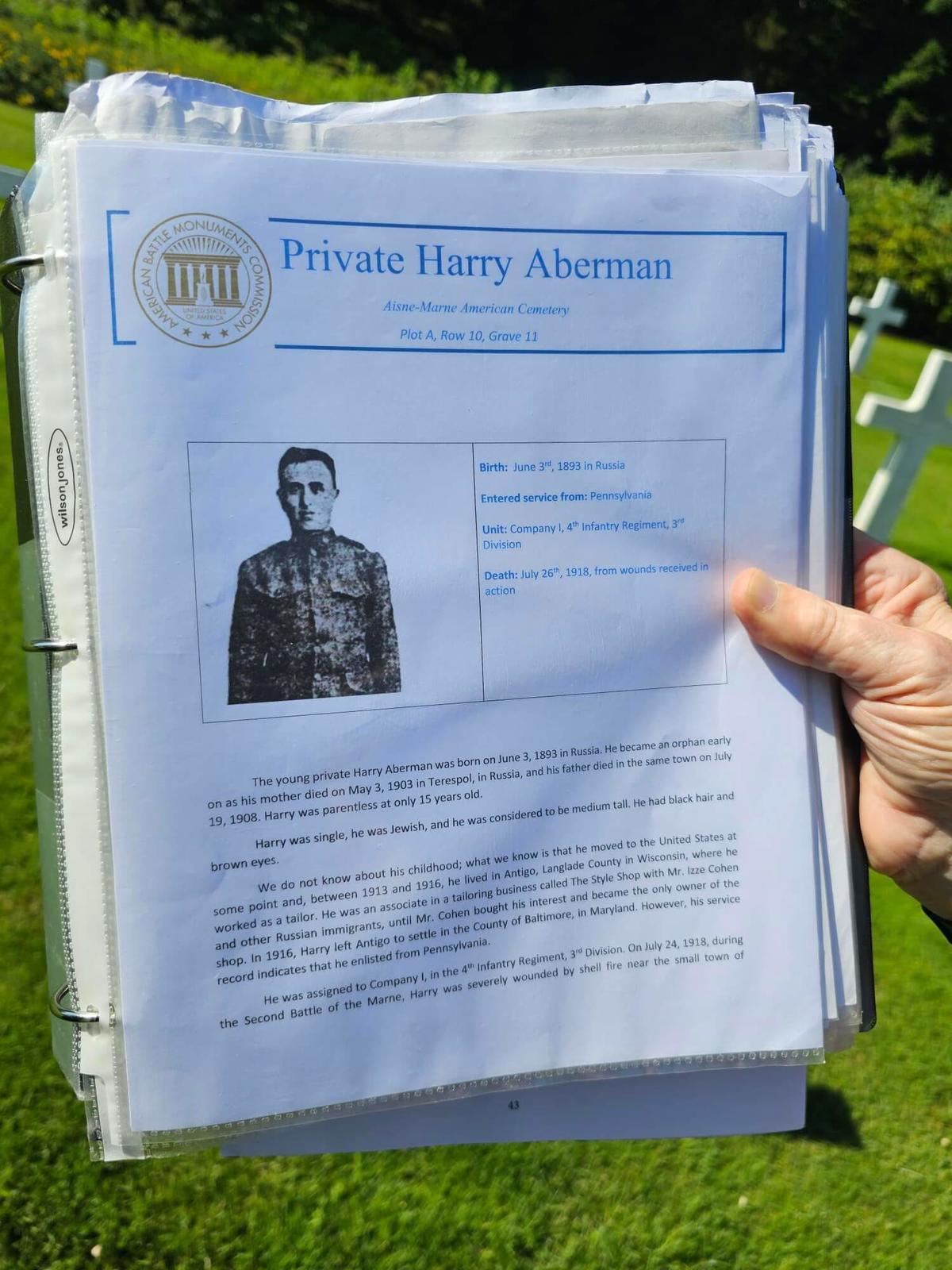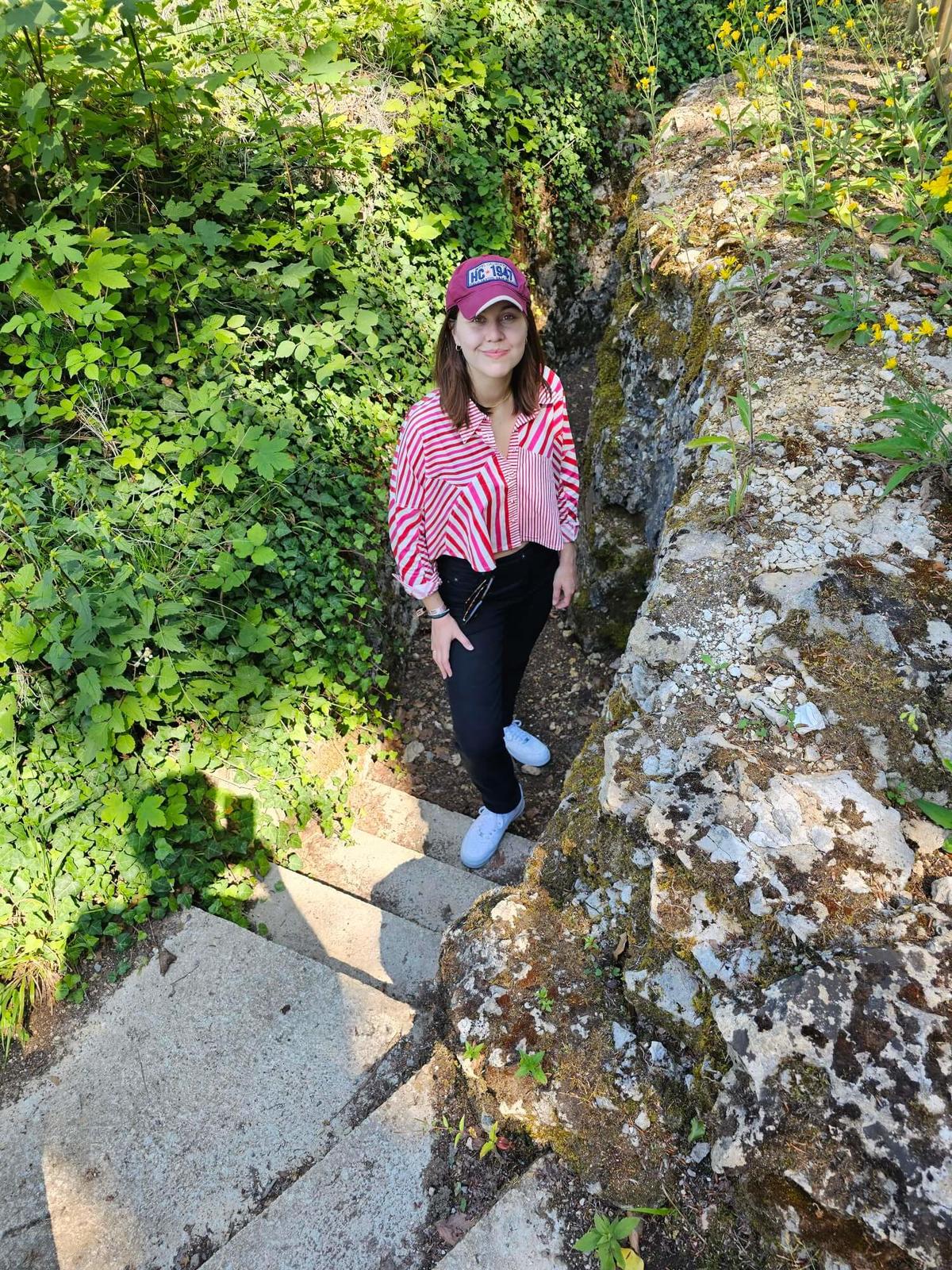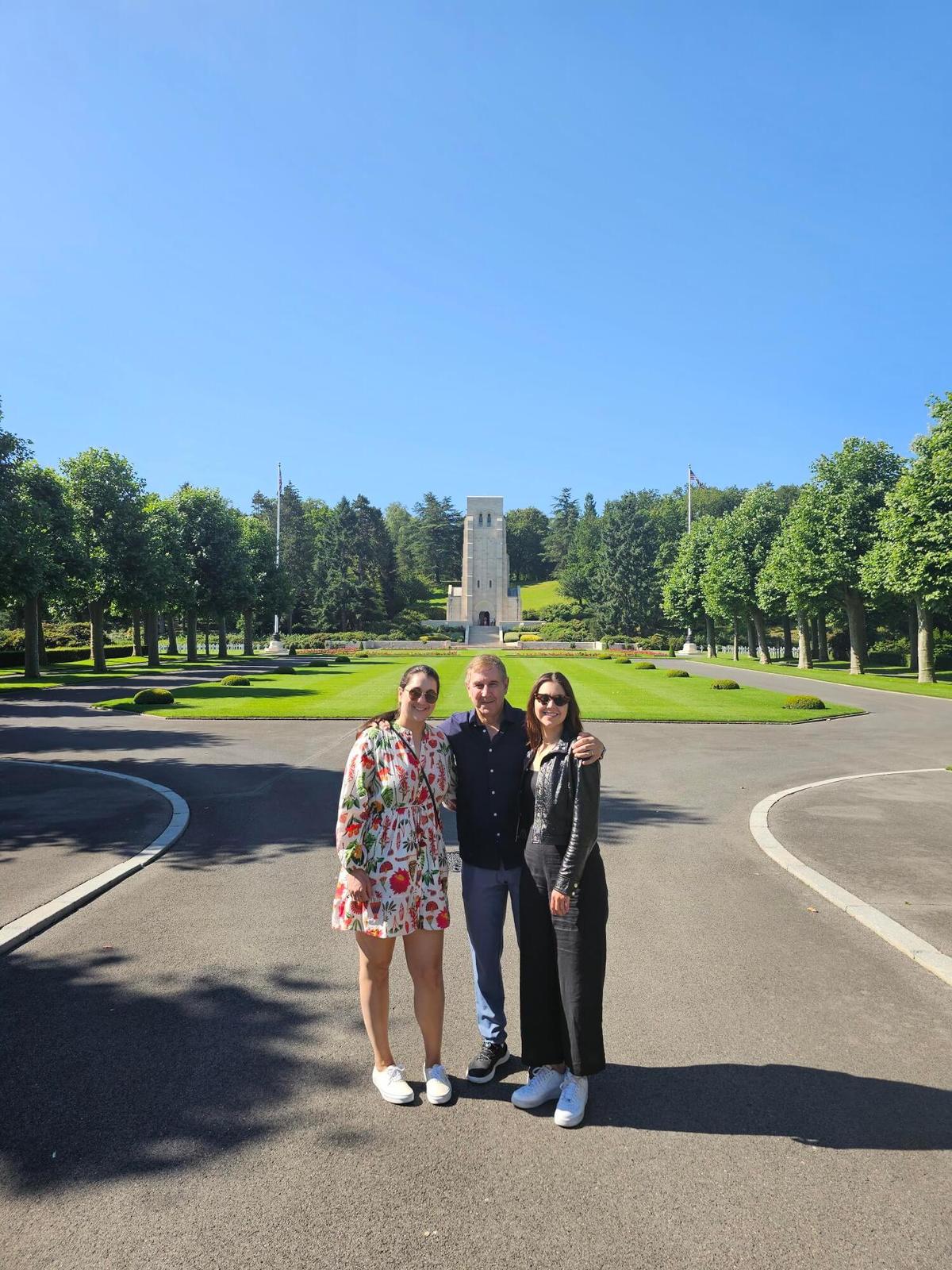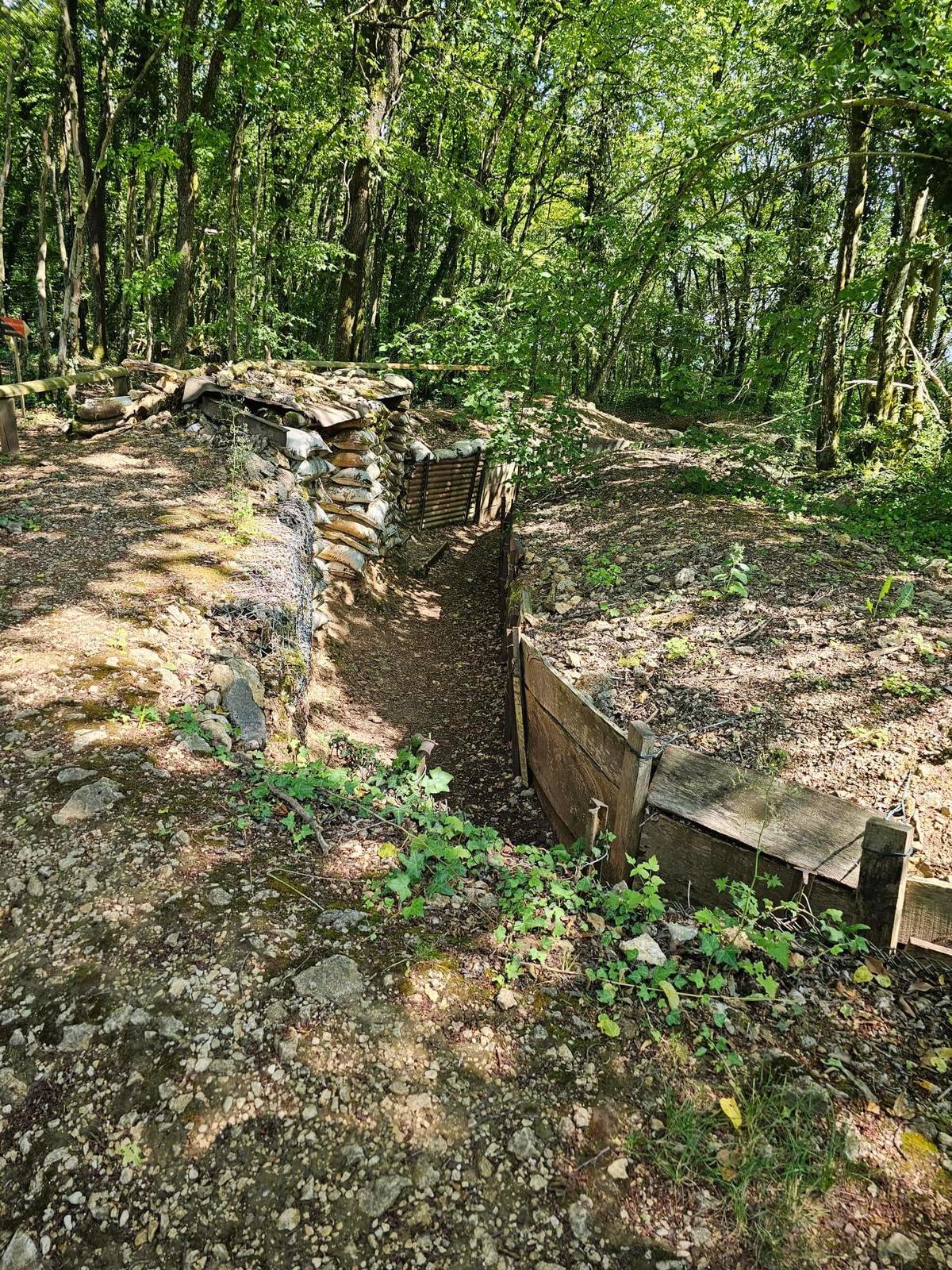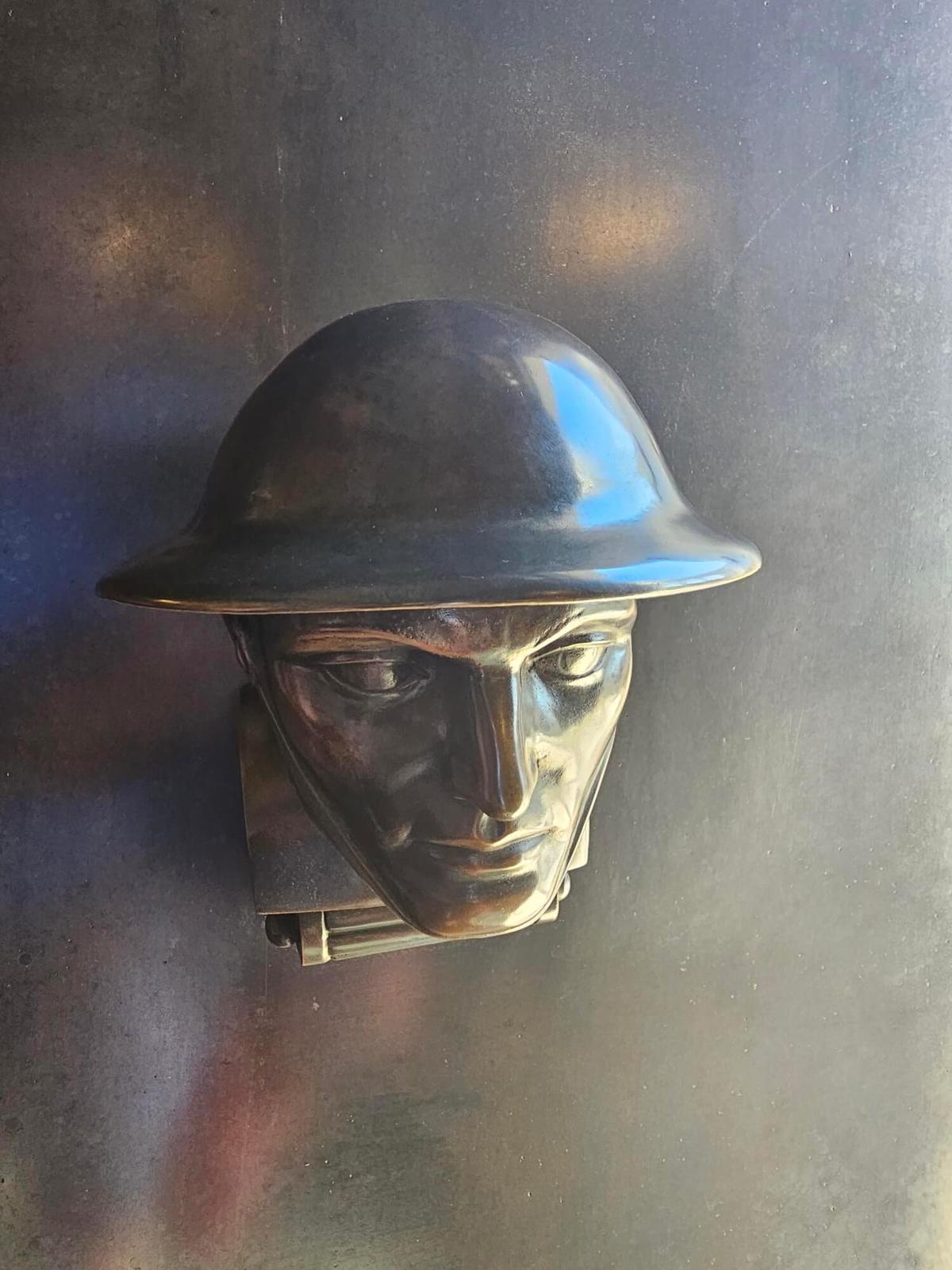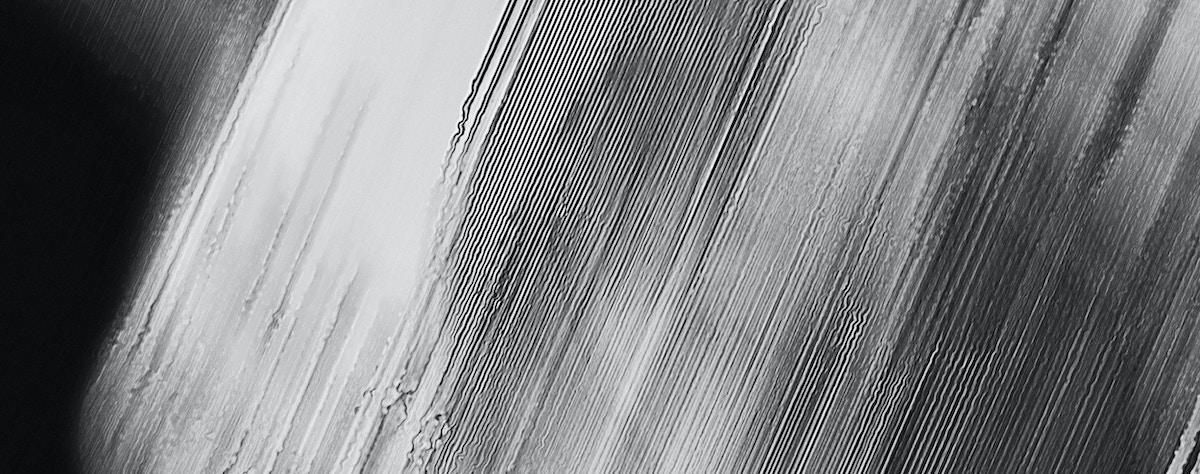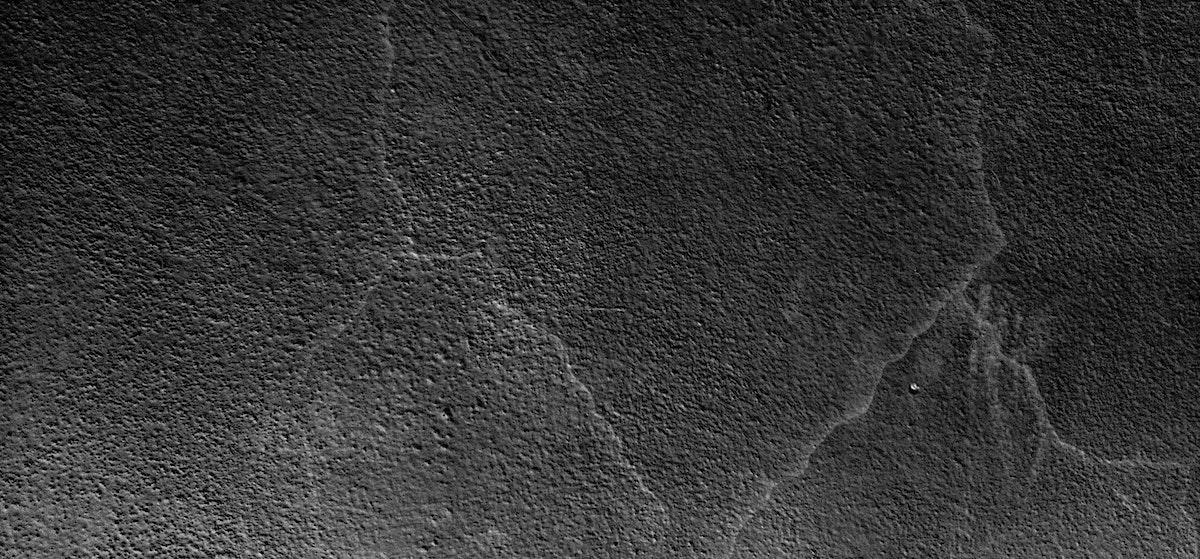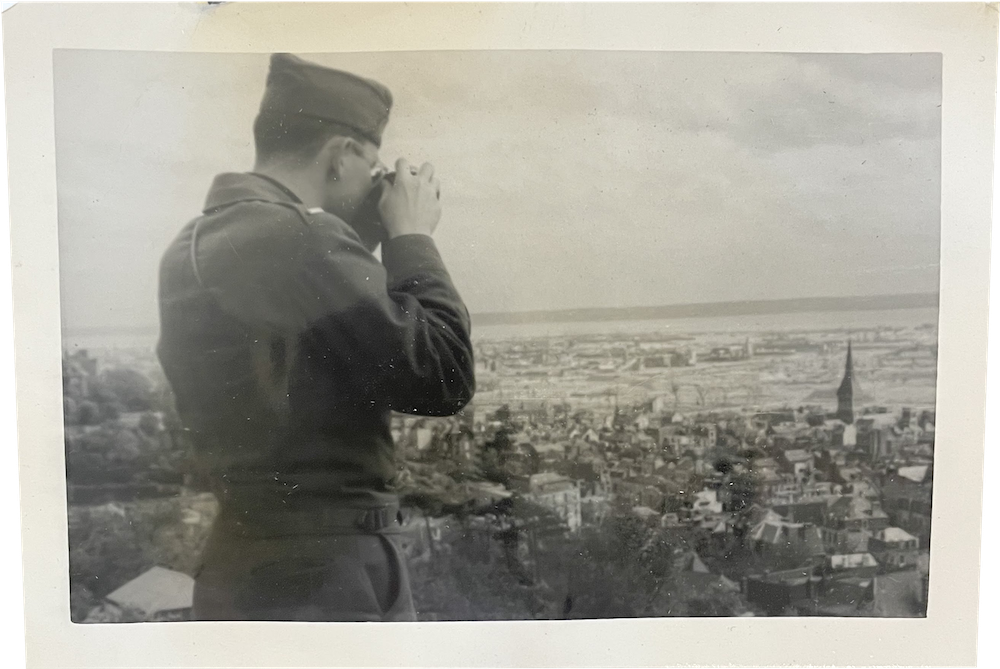I took two of my daughters to Verdun to see where their grandfather had served during World War II. Dan had been stationed at the headquarters of General Omar Bradley from November 1944 to March 1945. I have already written about the Passover in Verdun, which was deeply ironic, with Jewish American soldiers hooting at German prisoners who had to carry the furniture for the seder. I also wanted to show my daughters the kind of warfare currently underway in the Ukraine, with trenches and hand to hand combat, so that they could appreciate the sacrifice of the soldiers fighting for their homeland against the Russian invaders. Lastly, I wanted my daughters to understand that America had a relatively short but vital role in World War I, staving off the last big German offensive, then leading the big push that led to peace in 1918. As part of my education, I read three books on Verdun, four military papers on the U.S. Army involvement in campaigns in 1918, went with my kids to the Great War Museum in Meaux and saw three movies, All Quiet on the Western Front, The Lost Battalion, and The Great War. Here’s what we learned:
- Verdun Was a Ruse—The German high command wanted to bleed the French Army, to take away its offensive capacity. Verdun was not a strategic location, it simply had deep historic meaning to the French given its importance in the Franco-Prussian War and as a center of Gallic culture. But once the Germans committed to the fight, they too refused to give in. In the end, 142,000 Germans and 163,000 French died in the battle.
- The Voie Sacrée—Verdun was cut off from the French lines except for a single road, the Sacred Way. The French ran trucks to supply the troops day and night for the ten months of the battle. Some of the trucks were simply extraordinary. One was a pigeon carrier that transported birds that were the sole means of communication during the battle.
- The Ossuary—Half of the soldiers who died in Verdun were never found. The French constructed a giant memorial which resembles a church. Inside are plaques with thousands of names of dead French soldiers. I found two Edelman brothers from Alsace who died in the battle.
- Fort Douaumont—This was the central point of the battle of Verdun. The French constructed the Fort in the 1880s as one of a dozen that were to protect the border in the wake of the Franco-Prussian war. There were only 80 French soldiers guarding it at the start of the battle so that it was easily taken by the Germans. The French spent the next eight months trying to win it back as it was on the high ground. The maze-like fort accommodated 3,000 German soldiers. It has battle scars from bombs dropped from the sky and artillery shells shot from miles away. It was a gruesome reminder of the horror of war.
- The Trenches—It is hard to believe that trenches were as close as 30 yards from each other. The German trenches had concrete and were carefully maintained. The French trenches seemed more like temporary structures. That was to maintain the fighting spirit of the French soldier, who was never to become accustomed to being on defense in a trench. In fact, each time the Germans would take a trench area, the French response was to wake up the next day and regain the land.
- The Verdun Synagogue—We found the temple where my father worshipped for Passover. It had been desecrated by the Nazis then restored after World War II with contributions by Jewish American soldiers. The graves of Jewish American soldiers were also desecrated by the Nazis in both St. Mihiel and Château-Thierry burial grounds; the American ambassador to France protested in a formal letter to the German government in 1940 to no avail.
- The Impact on French Life—One million four hundred thousand French men died in the war. Another 3.5 million were injured or crippled. There was a total of 40 million French at that time. Assuming that fighting age men accounted for one third of the population of men, then seventy percent were killed and wounded. There is a memorial in every small French town to the dead from WWI.
- The Americans Insisted on Fighting Together—The orders from President Woodrow Wilson to General Pershing were clear, we fight as Team America, not put in piecemeal to support the French or British armies. This caused a delay in American involvement as the first troops arrived in mid-1917 but were not used until a year later in June, 1918.
- American Battles—The first American action was at Château-Thierry and Belleau Wood, where the troops stopped the German advance only 50 miles from Paris. When we were at Belleau Wood, we met a U.S. Congressional delegation headed by a Congressman from Illinois who was a Marine and now heads the House Committee on Veterans’ Affairs in Congress. This is a sacred place for Marines, who lost 6,000 men in taking the Belleau Wood. The last big push by the Allies was in September 1918, led by the Americans in St. Mihiel.
- The African American Experience—They were relegated to driving trucks and digging ditches until the French offered the 33rd division the chance to fight as part of their Army. The Harlem Hellfighters and the Illinois National Guard units excelled in combat. Some received the Croix de Guerre, the highest French military honor.
- The American Cemeteries—We participated in the lowering of the American flag at the St. Mihiel Cemetery, just after we visited the dead. We went to see Private Harry Abelman, who had emigrated from Russia to the U.S. in 1910 to Wisconsin (just like my grandmother, Sonia Gasulovitch). He volunteered for the U.S. Army in 1917. He died in mid-July 1918 from shellfire.
This was an experience like no other, to walk in the footsteps of my father (we found the office where he worked in Verdun, now used by the French tank division), to understand the American role in the war and the permanent scar on the French psyche. I pray every day for the Ukrainian soldiers who are standing guard for the world, for freedom and democracy.
Richard Edelman is CEO.


